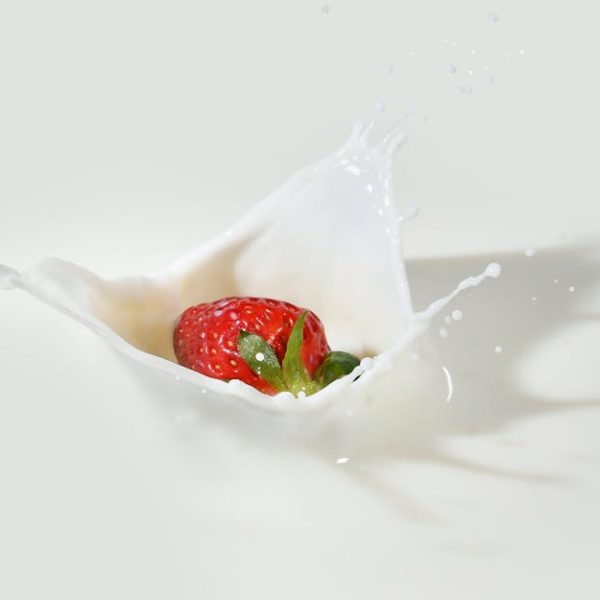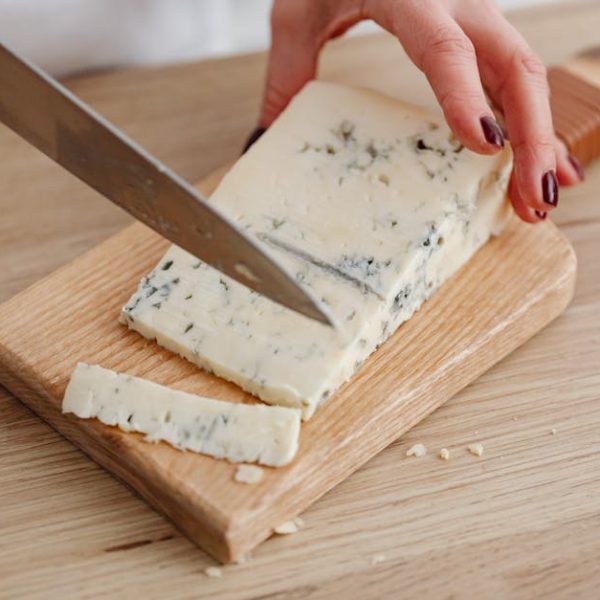Over time, every food product goes bad, and sliced cheese is no exception. The shelf life of sliced cheese is influenced by a variety of factors including the type of cheese, the way it is packaged, and how it is stored. Utilizing proper storage methods and being cognizant of signs of spoilage can help you avoid eating spoiled cheese and extend the time you have to enjoy it.
Understanding Shelf Life of Sliced Cheese
Every perishable product has a shelf life, the period during which it is considered safe and of optimum quality for consumption. For sliced cheese, this period generally varies depending on the type of cheese, the preservatives used in its production, and the packaging methods employed by the manufacturer.
A factor that massively influences the shelf life of sliced cheese is the type of cheese itself. Hard and semi-hard cheeses, like cheddar or gouda, typically have a longer shelf life than soft cheeses such as brie or mozzarella.
This is also determined by the preservatives used in the manufacturing process. Many store-bought sliced cheeses have added preservatives to extend their shelf life.
- Best Practices: Always check the ‘best before’ date on the packaging.
- Pro Tip: Keep sliced cheese refrigerated to extend its shelf life.
Signs of Spoilage in Sliced Cheese
Identifying signs of spoilage in sliced cheese is crucial to avoid ingesting harmful bacteria or mold. Look for physical changes in the cheese such as development of mold, discoloration or a noticeable change in the smell. If your cheese appears slick or slimy to touch, it’s a clear sign of spoilage and you must avoid its consumption.
Mold growth may not be the only indication of the cheese being spoiled. Sometimes cheese may turn a darker or different hue while still retaining its Orignal texture. Additionally, if the cheese develops an off or sour smell, it’s time to toss it away.
The risks associated with consuming spoiled cheese range from mild gastrointestinal discomfort to severe food poisoning.
- Checklist: Signs of Spoilage: Mold, Discoloration, Unpleasant Smell.
- Pro Tip: If one slice of cheese shows signs of spoilage, do not consume the rest of the pack.
In the second part of the article, we will continue by exploring the shelf life of different types of sliced cheese and offering tips on proper storage and how to safely consume cheese past its ‘best by’ date. Every type of cheese has a different shelf-life, and understanding these differences is essential for ensuring the cheese you eat is safe. Proper storage can also extend the life of your cheese, giving you more time to enjoy it.
Variation of Shelf Life Among Different Types of Sliced Cheese
Just as the shelf life of whole cheeses varies among types, so too does the shelf life of sliced cheese. For example, sliced cheddar, a semi-hard cheese, may last up to 3 weeks in the fridge before showing signs of spoilage, while sliced mozzarella, a soft cheese, may only last up to 1 week.
It’s critical to remember that these are general guidelines and actual shelf life may vary based on factors like storage conditions and whether or not the cheese packet has been opened.
| Cheese Type | Estimated Shelf Life |
|---|---|
| Cheddar | ~3 weeks |
| Mozzarella | ~1 week |
- Pro Tip: Hard cheeses tend to have a longer shelf life compared to soft cheeses.
Proper Storage of Sliced Cheese to Extend Shelf Life
Proper storage is key to prolonging the shelf life of sliced cheese. Refrigerating cheese at a temperature between 34° F and 38° F can greatly extend its life, as can appropriate wrapping or sealing to keep out excess moisture and air. Use a fresh piece of cling wrap or a resealable bag if the original package doesn’t seal shut.
- Quick Guide: Storing Sliced Cheese: Refrigerate it, Use air-tight containers, Consume it within 2 weeks after opening the packet.
- Pro Tip: Try not to freeze sliced cheese. It may affect the texture and taste.
Using Sliced Cheese Past the ‘Best By’ Date
While ‘best by’ dates are a good guideline, these aren’t hard and fast rules. Cheese doesn’t suddenly become inedible the day after the ‘best by’ date. Instead, it’s a suggestion about when the cheese will be at peak quality. After this date, the quality might diminish but it might not necessarily be spoiled. This is where your senses come into play.
Before consuming cheese past its ‘best by’ date, examine it carefully. Look for signs of mold, discoloration, or an off smell. Make sure to examine the entire piece of cheese, too, not just the edges.
If the cheese passes this visual and olfactory test, you can taste a tiny amount to see if the taste seems off. If everything checks out, it’s generally safe to consume the cheese.
- Checklist: Signs to look for before consuming sliced cheese past the ‘best by’ date.
- Pro Tip: Use your best judgement. If the cheese doesn’t smell or look right, it’s better not to risk it.
Remember, when it comes to food safety it’s always better to be safe than sorry. Hence, ensure to follow all these guidelines for a healthy and enjoyable cheese consumption experience.
Key Takeaway:
- The shelf life of sliced cheese depends on various factors including the type of cheese, used preservatives, and packaging.
- Visual, textural, and olfactory signs can indicate spoilage in sliced cheese, consumption of which can lead to food poisoning.
- Different types of cheese have different shelf lives. Hard cheeses typically last longer than soft ones.
- Proper storage, especially refrigeration and using air-tight containers, can help prolong the cheese’s life.
- While ‘best by’ dates aren’t definitive expiry dates, consuming cheese past this date requires careful observation for signs of spoilage.
Remember, food safety should always come first. Ensure you’re vigilant about the signs of spoilage and practice proper storage techniques to extend the shelf life of your cheese. Following these procedures will not only protect your health but also allow you to enjoy your sliced cheese for a longer time.
FAQs
Q: Can I still eat cheese if there’s a bit of mold on it?
A: No. If one slice of cheese shows signs of spoilage, it’s safe to assume that the rest of the pack may also be contaminated. It’s better to discard the entire pack.
Q: What’s the optimal temperature for storing sliced cheese?
A: The optimal temperature for storing sliced cheese is between 34° F and 38° F.
Q: Does freezing prolong the shelf life of sliced cheese?
A: While freezing does not spoil the cheese, it can significantly alter its texture and taste. Therefore, it’s better to avoid freezing sliced cheese.
Q: Is it safe to consume cheese that has darkened in color?
A: Cheese darkening in color might be a sign of oxidation, but it’s not always related to spoilage. However, if you notice other signs of spoilage like an off smell or change in texture, it’s better not to consume it.
Q: Why does hard cheese have a longer shelf life compared to soft cheese?
A: Hard cheese typically has less moisture content than soft cheese, which makes it less prone to bacterial growth. This is why hard cheese tends to have a longer shelf life.
Enjoy your cheese responsibly! Remember to share this article with your fellow cheese lovers and explore more posts on our website.






